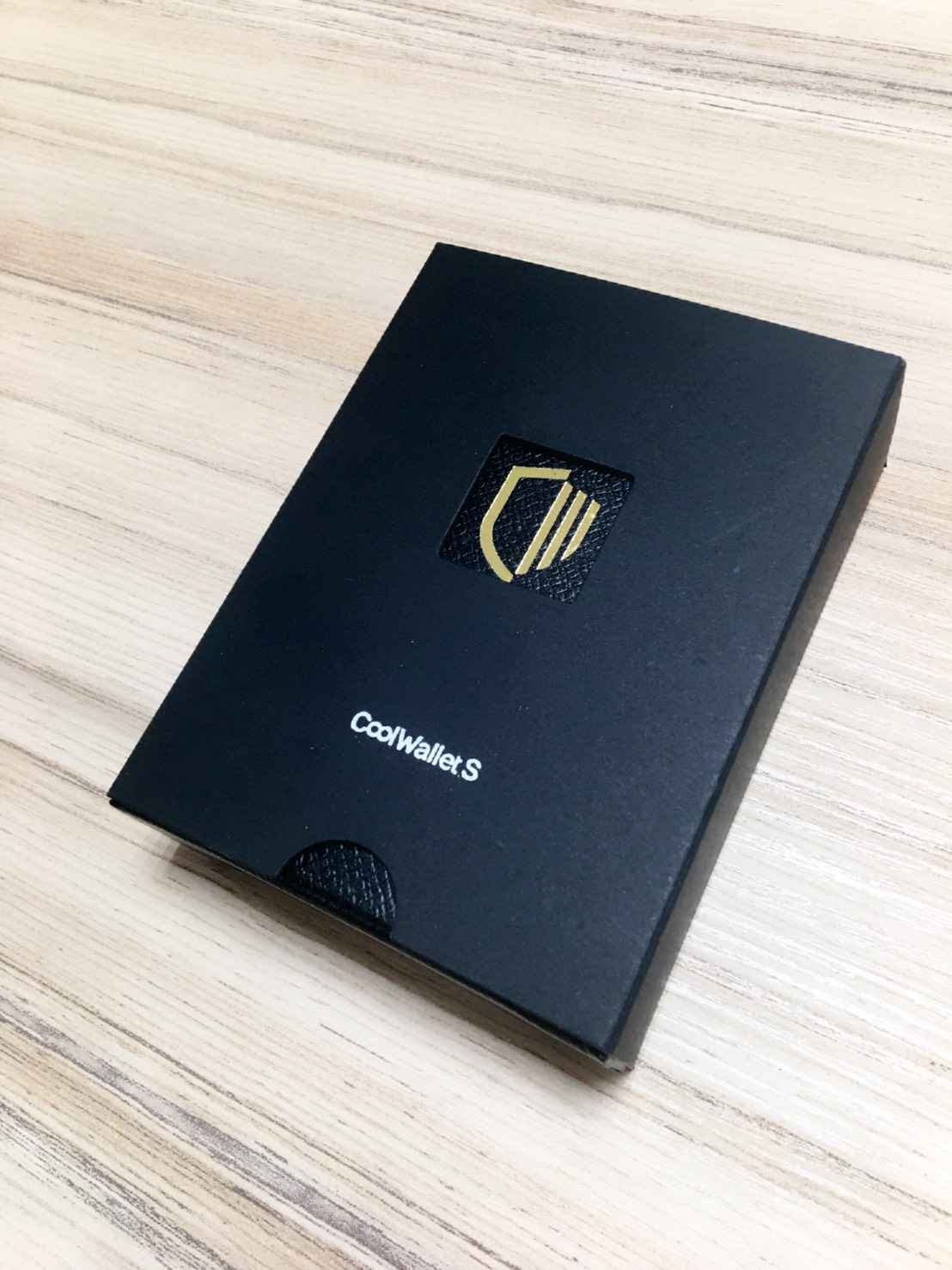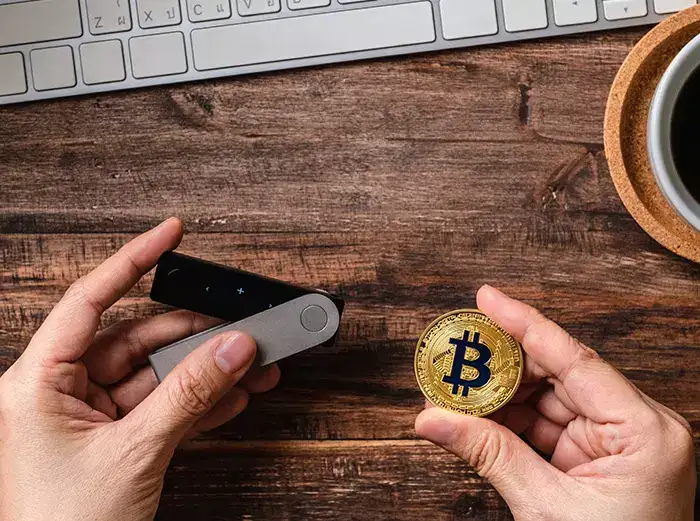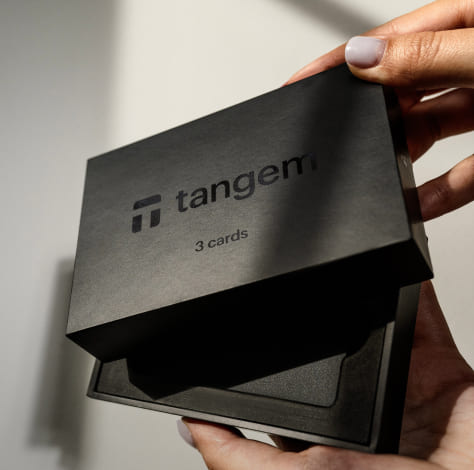
Many cryptocurrency users overlook the importance of security audits for their hardware wallets, putting their investments at risk. Ensuring your wallet’s safety is vital to protect against hacks and theft. This guide will help you navigate the process of verifying your hardware wallet’s integrity, focusing on the imperative steps to implement best security practices and maintain peace of mind with your digital assets.
Key Takeaways:
- Regularly check for firmware updates to ensure your hardware wallet is secure against vulnerabilities.
- Verify the wallet’s authenticity by purchasing directly from the manufacturer or authorized retailers.
- Use audit reports from reputable security firms to assess the hardware wallet’s safety features and past performance.
Understanding Hardware Wallets
The rise of cryptocurrencies has led to the development of various storage solutions, among which hardware wallets stand out due to their enhanced security features. These devices, designed specifically for storing digital assets offline, mitigate the risks of online vulnerabilities. By keeping private keys in a hardware wallet, users ensure that their cryptocurrency holdings are less susceptible to malware, phishing attacks, and hacking attempts.
What is a Hardware Wallet?
The hardware wallet is a physical device that securely stores the user’s private keys and facilitates transactions through a user-friendly interface. Unlike software wallets that operate on computers or smartphones, hardware wallets minimize the attack surfaces by remaining offline until connected to a device. This offline capability significantly reduces the likelihood of unauthorized access.
Key Benefits of Using Hardware Wallets
Hardware wallets offer several advantages that cater to both novice and experienced cryptocurrency users. Among these benefits, they provide superior security since private keys remain offline, reducing exposure to hacking. They also support multiple cryptocurrencies, making them versatile for users with diversified portfolios. Additionally, hardware wallets often come with recovery options, which can be lifesaving in case of loss or damage.
Hardware wallets are known for their robust functionality, enabling users to sign transactions in a secure environment while preventing sensitive data from leaving the device. Their long-term protection against vulnerabilities and ease of use make them an appealing choice for safeguarding assets. Coupled with a strong encryption protocol, hardware wallets serve as a trusted method to ensure the integrity of cryptocurrency holdings.
Importance of Security Audits
Some users may underestimate the need for regular security audits on their hardware wallets. However, these audits are imperative to ensure that the wallet’s security features are functioning as intended and to identify any potential vulnerabilities that could compromise users’ digital assets. By conducting thorough checks, users can mitigate risks and enhance their overall confidence in using the wallet for cryptocurrency transactions.
Some hardware wallets might have undiscovered flaws or outdated firmware, making them susceptible to attacks. Security audits are vital not only for examining the integrity of the hardware but also for verifying the effectiveness of the wallet’s encryption and backup mechanisms, providing users with peace of mind in safeguarding their investments.
Why Conduct Security Audits?
An effective security audit helps in pinpointing weaknesses in a hardware wallet’s architecture and software. These evaluations consider factors such as encryption strength, user interface security, and defense against physical tampering. By adopting a proactive approach through regular audits, users can ensure that any vulnerabilities are addressed before they can be exploited by malicious actors.
An additional benefit of performing security audits is compliance with regulatory standards. As the crypto landscape evolves, so do regulations surrounding digital asset security. Conducting audits allows hardware wallet manufacturers and users alike to remain compliant and build trust within the community.
Common Security Risks with Hardware Wallets
Security vulnerabilities frequently arise from a variety of sources, including poor firmware updates, insecure backup processes, and man-in-the-middle attacks. These factors can compromise the wallet’s integrity, leading to potential theft or loss of assets. Users often overlook risks associated with physical access to their devices, as malicious individuals can manipulate hardware wallets directly if they gain possession. Protecting against these common risks requires a thorough understanding of potential vulnerabilities.
It is imperative for users to understand that hardware wallets, while generally safe, are not impervious to risks. Firmware vulnerabilities can be exploited to gain unauthorized access, while poor user practices such as using easily guessable PINs can weaken security. Users must be vigilant in maintaining security, performing regular software updates, and following best practices to ensure their hardware wallets remain secure against evolving threats.
How to Conduct a Security Audit
Your hardware wallet’s security is paramount, and conducting a thorough security audit is imperative in ensuring its safety against potential threats. A structured approach will help you assess your wallet’s integrity, confirming that it operates as intended and protects your digital assets effectively.
Step-by-Step Guide
Little steps can lead to significant improvements in your hardware wallet’s security. The following table outlines a simple process to follow:
| 1. Check for Firmware Updates | Ensure you have the latest firmware installed to protect against vulnerabilities. |
| 2. Verify the Device Authenticity | Confirm the hardware wallet was purchased directly from the manufacturer or an authorized reseller. |
| 3. Test Backup and Recovery | Ensure that backup phrases are secure and can restore the wallet if needed. |
| 4. Assess Physical Security | Store the wallet in a secure location to prevent theft or unauthorized access. |
| 5. Monitor Transaction History | Regularly review transaction logs for any suspicious activity. |
Tools and Resources for Auditing
With the right tools, conducting a security audit becomes more manageable and efficient. Utilize various resources available online for guides and checklists that can assist in the auditing process. These tools often include simulators for testing wallet functionality, firmware verification tools, and comprehensive risk assessment frameworks.
Understanding the landscape of tools and resources available for auditing can significantly enhance your security measures. Utilizing open-source software can help ensure transparency and community support. Keeping abreast of alerts on security vulnerabilities and updates from the hardware wallet manufacturer will also bolster your ongoing security efforts. Engaging with forums or groups focused on cryptocurrency security can offer insight into the latest trends and practices in securing your assets.
Key Factors to Consider in Security Audits
Now, when assessing your hardware wallet’s security, several key factors must be evaluated to ensure the highest level of protection. Look for the following elements in your security audits:
- Encryption Standards
- Access Control Mechanisms
- Physical Security Features
- Backup and Recovery Options
- Compliance with Security Protocols
Thou should focus on both technical specifications and the reputation of the hardware wallet, as these aspects play a significant role in the overall security posture.
Firmware Verification
Consider the importance of verifying the firmware of your hardware wallet, as this layer is responsible for ensuring secure transactions and safeguarding private keys. Regular updates from manufacturers often contain critical security patches that address vulnerabilities. Validate that the firmware update process is secure and that you have downloaded the official versions directly from the manufacturer’s website.
In addition to updates, it’s vital to check for signature verification mechanisms that confirm the authenticity of firmware. Employing measures such as cold storage for your private keys can further reinforce your wallet’s defense against potential threats. Thou must ensure that firmware integrity is uncompromised to maintain the robustness of your crypto setup.
Third-Party Security Assessments
Audits provided by third-party firms offer an objective evaluation of security protocols and can identify overlooked vulnerabilities. When choosing a third-party service, verify their reputation and past performance in the industry to ensure they follow a thorough and unbiased auditing process. This not only enhances trustworthy validation but also cultivates confidence among users.
Another vital aspect of leveraging third-party security assessments is that these organizations often provide in-depth reports detailing susceptibilities and remediation strategies. Such insights can be invaluable for continuously improving your wallet’s security. Engaging with well-respected auditors can mitigate potential risks and enhance the reliability of your hardware wallet.
Tips for Enhancing Wallet Security
After securing your hardware wallet, consider implementing additional measures to enhance its security. Use strong, unique passphrases and enable two-factor authentication when available. Following these steps can significantly reduce the risk of unauthorized access to your funds.
- Enable two-factor authentication.
- Regularly update your wallet’s firmware.
- Use a secure backup method for recovery.
- Keep your recovery phrase offline and secure.
- Be cautious of phishing attempts.
Perceiving these precautions as part of your security routine is imperative for safeguarding your cryptocurrency investments.
Best Practices for Usage
For optimal use of your hardware wallet, ensure that you only connect to trusted devices and networks. Avoid using public Wi-Fi to access your wallet, as this can expose your private keys to potential threats. Always verify URLs and stay vigilant against any suspicious activities.
For best results, regularly track your transaction history and review your wallet’s settings. Engaging with your wallet actively helps identify any anomalies or unauthorized actions. Staying informed about recent security trends can also inform better habits.
Regular Maintenance and Updates
With technology evolving rapidly, it’s imperative to keep your hardware wallet updated. Manufacturers often release firmware updates that address vulnerabilities and enhance security features. Ignoring these updates can expose your wallet to risks and potential breaches.
Wallet updates are not solely about security; they can also introduce new functionalities and improve overall performance. It is advisable to frequently check for updates and apply them promptly. Neglecting regular maintenance can lead to diminished security, risking the loss of your investments and compromising your digital assets.
Common Mistakes to Avoid
Not paying attention to firmware updates can significantly compromise the security of your hardware wallet. Many users overlook the importance of regularly checking for firmware updates, assuming their device is secure as purchased. However, manufacturers frequently release updates that address vulnerabilities, enhance features, and improve overall security. Failing to update your hardware wallet means you may be leaving it exposed to threats that recent updates could have mitigated.
Overlooking Firmware Updates
An outdated firmware puts your crypto assets at risk. New vulnerabilities are discovered regularly, and the software on your wallet needs to be kept up-to-date to protect against these emerging threats. Regularly checking the manufacturer’s website or enabling automatic updates can ensure that your hardware wallet remains secure over time.
Using Insecure Connections
Using unsecured networks to access your hardware wallet can expose you to significant security risks. When connecting your device to Wi-Fi networks that are not password protected, or using public Wi-Fi, you increase the likelihood of being targeted by hackers eager to intercept your data. It is vital to use secure, private connections, preferably through a trusted Virtual Private Network (VPN).
Avoid using any Wi-Fi connection that lacks proper security protocols. Public networks are often unchecked and can be easily exploited by malicious actors. By connecting only to secured networks, you minimize the risk of data breaches. Always double-check your network settings and enable firewall protections when setting up a hardware wallet to safeguard your digital assets effectively.
Final Words
Drawing together the insights on crypto security audits and verifying hardware wallet safety, it is imperative for users to adopt a proactive approach in safeguarding their assets. By understanding the audit process and its significance, individuals can make informed decisions regarding the security of their hardware wallets. Regular checks and the utilization of reputable audit reports play a vital role in identifying potential weaknesses in wallet security.
Ultimately, ensuring the safety of cryptographic assets goes beyond purchasing a wallet. Engaging with security audits, following best practices, and staying updated on the latest security measures can significantly mitigate risks. By prioritizing these strategies, users can enhance their confidence in their hardware wallets and protect their investments in the ever-evolving landscape of cryptocurrency.
FAQ
Q: What steps can I take to verify the safety of my hardware wallet?
A: To verify your hardware wallet’s safety, follow these steps: 1) Purchase from reputable manufacturers. 2) Ensure your device has up-to-date firmware. 3) Verify the wallet’s recovery seed phrase during setup. 4) Regularly check for security updates or alerts from the manufacturer.
Q: How can I ensure that my hardware wallet is not tampered with?
A: To confirm that your hardware wallet is free from tampering, check for physical signs of alteration, such as scratches or unusual packaging. Always buy directly from the manufacturer or authorized retailers. Additionally, utilize the device’s built-in checks during the initial setup to confirm authenticity.
Q: What should I do if I think my hardware wallet has been compromised?
A: If you suspect compromise, immediately stop using the wallet. Transfer any remaining funds to a new wallet with a different recovery seed. Investigate any potential security breaches and consider consulting with a security professional for further assistance.







